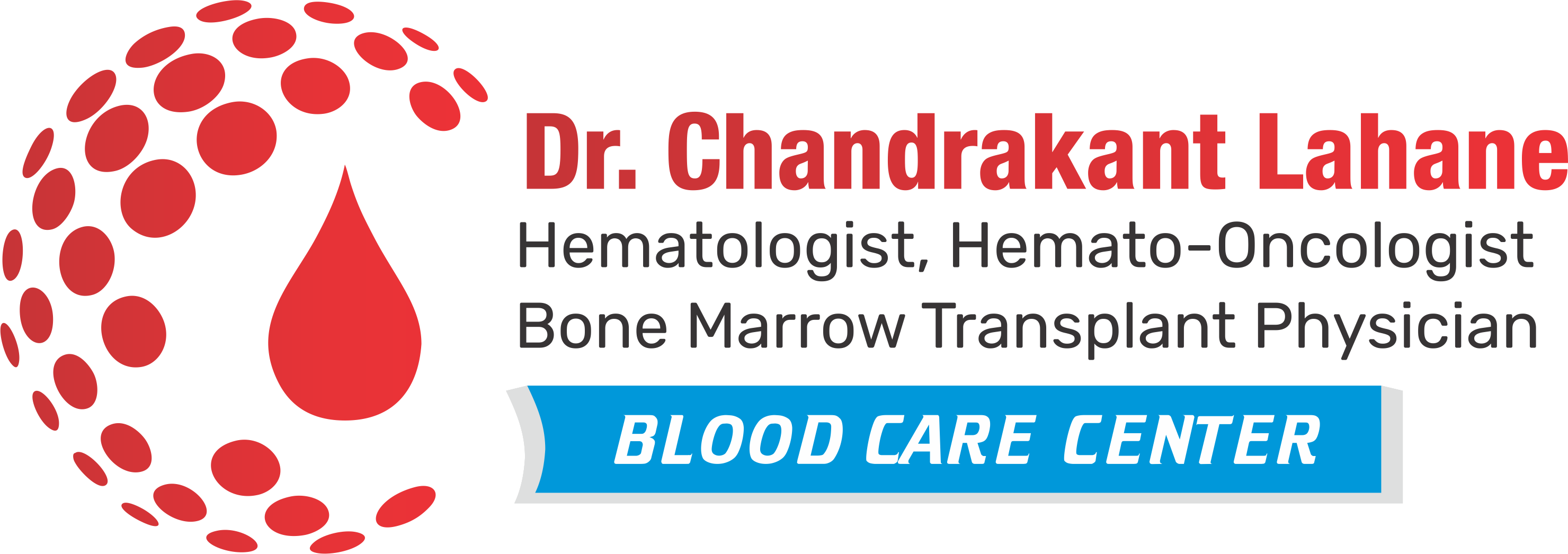
What Is A Bone Marrow Transplant? An Overview.
What is a Bone Marrow Transplant?
A bone marrow transplant, also known as a stem cell transplant, is a medical procedure used to replace damaged or destroyed bone marrow with healthy bone marrow stem cells. These stem cells can develop into healthy bone marrow and help the body produce new blood cells. This procedure is often used to treat conditions such as leukemia, lymphoma, and other blood-related disorders. Dr. Chandrakant Lahane, a bone marrow transplant specialist in Pune, provides expert care for patients undergoing this life-saving procedure.
Why is a bone transplant done?
A bone marrow transplant is done to treat diseases and conditions that affect the bone marrow’s ability to function properly. This may include when the bone marrow is diseased, damaged, or not functioning as it should, leading to a decrease in the production of healthy blood cells. The transplant aims to replace the unhealthy bone marrow with healthy stem cells to restore the body’s ability to produce healthy blood cells.
What is a bone-marrow procedure?
During a bone marrow transplant, the patient may receive high doses of chemotherapy or radiation to destroy the diseased bone marrow. Then, the healthy stem cells are infused into the body through a vein, similar to a blood transfusion. These healthy stem cells travel to the bone marrow and begin to produce new blood cells, promoting the recovery of the blood and immune system. Under the care of Dr. Chandrakant Lahane, patients receive comprehensive pre- and post-transplant care to ensure the best possible recovery.
Is a bone-marrow transplant painful?
The bone marrow transplant procedure itself is not painful, as it is performed under anesthesia. However, the side effects of the high-dose chemotherapy or radiation used to prepare for the transplant can cause discomfort and side effects such as nausea, fatigue, and the risk of infection. Patients may also experience some discomfort after the procedure, but pain management techniques are utilized to help alleviate any discomfort. Dr. Chandrakant Lahane, a bone marrow transplant specialist in Pune, provides compassionate care to manage and minimize pain and side effects for his patients.
Can You Live Without Bone Marrow?
No, you cannot live without bone marrow. Bone marrow is vital for the production of blood cells, including white blood cells, red blood cells, and platelets, which are essential for carrying oxygen, fighting infections, and helping the blood to clot. Without functioning bone marrow, the body would be unable to produce these critical blood cells, leading to severe health complications. Dr. Chandrakant Lahane educates his patients on the importance of healthy bone marrow and provides advanced treatments to restore bone marrow function.
What are the terms for a bone marrow transplant?
Bone Marrow:
The soft, spongy tissue found in the hollow center of your long bones. It is responsible for producing blood cells, including red blood cells, white blood cells, and platelets.
Stem Cells:
These are immature cells that can develop into different types of blood cells. They can be found in the bone marrow as well as in the bloodstream.
Transplant:
The process of transferring cells, tissues, or organs from one person (donor) to another (recipient) for the purpose of replacing or repairing damaged or diseased cells, tissues, or organs.
Autologous Transplant:
In this type of transplant, the patient’s own stem cells are collected, stored, and then infused back into their body after high-dose chemotherapy or radiation treatment.
Allogeneic Transplant:
This type of transplant uses stem cells from a donor, typically a close family member or an unrelated matched donor. It’s important to find an HLA-matched donor to minimize the risk of transplant rejection.
Matched sibling donor:
When a patient receives bone marrow from a sibling whose tissue type closely matches theirs. Siblings have a 25% chance of being a full match.
HLA (Human Leukocyte Antigen):
A group of proteins located on the surface of white blood cells and other cells in the body. These proteins help the immune system distinguish between its own cells and foreign, potentially harmful cells.
Graft-versus-host disease (GVHD)
A potential complication of allogeneic transplants in which the donor’s immune cells attack the recipient’s tissues. GVHD can range from mild to severe and can affect the skin, liver, and digestive system.
Engraftment:
The process by which the transplanted stem cells start to grow and make new blood cells in the recipient’s body.
Chimerism:
the presence of two genetically distinct cell lines in the same individual. In the context of a bone marrow transplant, chimerism can indicate the degree of engraftment and potential complications.
For more information about bone marrow transplants and expert care, consult Dr. Chandrakant Lahane, a bone marrow transplant specialist in Pune.
